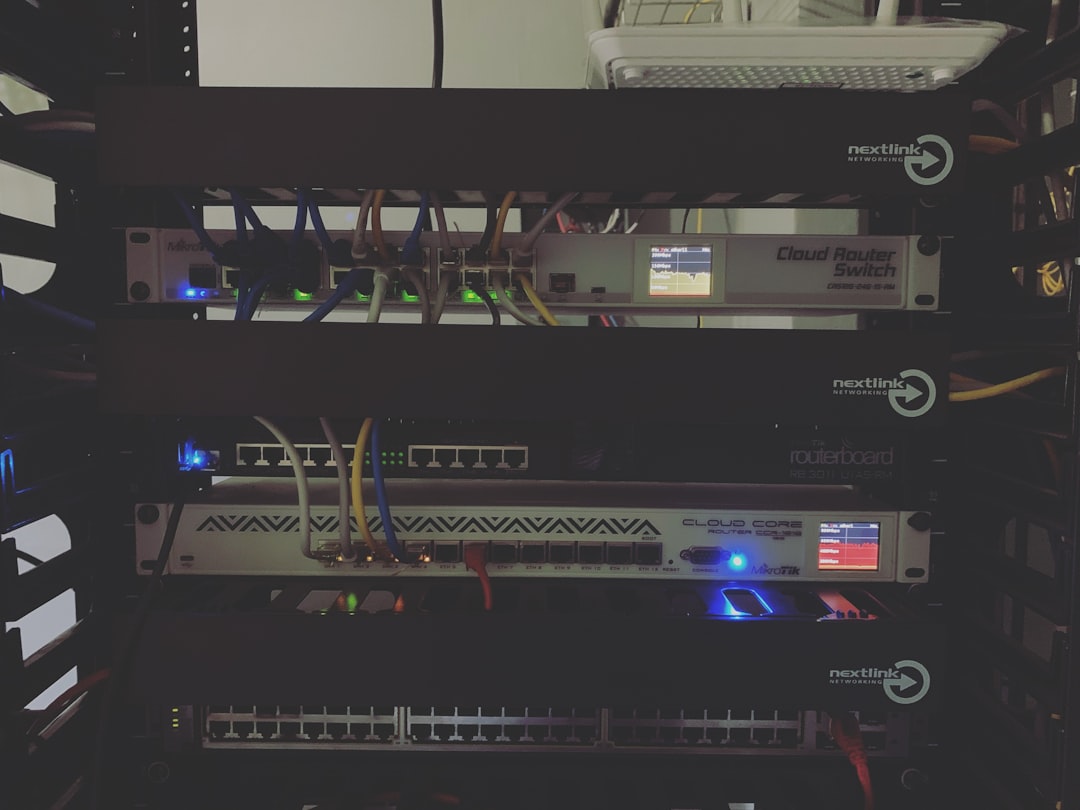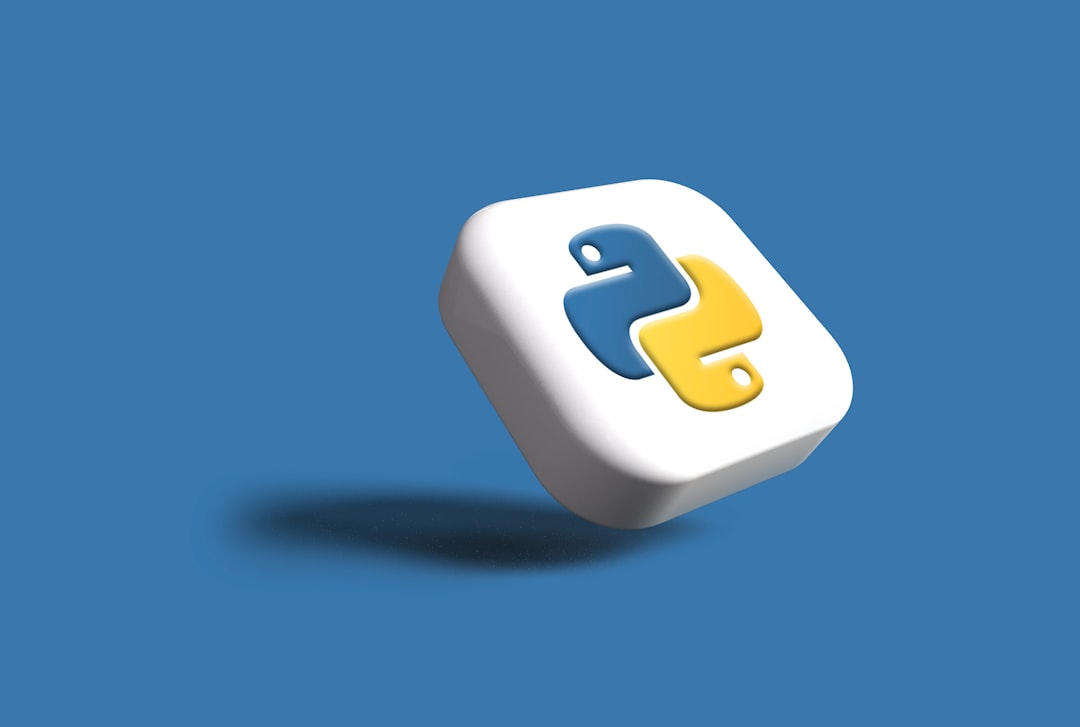Customer satisfaction is a critical metric for evaluating the success of any Software-as-a-Service (SaaS) product. The top five SaaS products—Salesforce, Microsoft 365, Google Workspace, Zoom, and Slack—continue to dominate the market not only for their features but also for the level of satisfaction they deliver to their users.
Understanding the key factors that influence how customers perceive and interact with these platforms helps businesses make informed decisions. Here are the major elements driving customer satisfaction across these top tools:
1. User Experience and Interface (UX/UI)
One of the most significant influences on customer satisfaction is the ease of use. SaaS platforms with intuitive interfaces and seamless navigation tend to retain users longer. For example, Slack’s minimalist and interactive design encourages quick onboarding and frequent usage. Similarly, the user-friendly interfaces of Google Workspace apps drive consistent session times and collaborative workflows.

2. Customization and Integration Capabilities
Modern businesses rely on tools that adapt to their workflows rather than the other way around. Products like Salesforce thrive by offering extensive customization and third-party integrations. Being able to integrate with other tools like Mailchimp, HubSpot, or AWS adds immense value and convenience. Microsoft 365 also excels in this area, thanks to smooth interoperability between Word, Excel, Teams, and other Microsoft tools.
3. Performance and Reliability
Downtime is detrimental to customer experience. Platforms like Zoom have consistently invested in backend infrastructure to deliver reliable, high-quality video conferencing services. Performance speed, minimal lag, and fast load times are aspects that users frequently mention in their satisfaction reviews. Google Workspace and Microsoft 365, with their robust cloud solutions, also deliver high uptime rates, reinforcing user trust.

4. Customer Support and Resource Availability
Another powerful determinant of satisfaction is how quickly and efficiently a company resolves user issues. Salesforce’s well-established customer support team, along with its comprehensive knowledge base, sets a high benchmark in this area. Additionally, all top SaaS platforms have invested in AI chatbots, help centers, forums, and onboarding tutorials to assist users 24/7.
5. Pricing and Value Proposition
While price sensitivity varies by company size and industry, customers consistently seek value for their investment. Zoom and Slack offer free plans with essential features, which increases user acquisition and satisfaction. On the other hand, Microsoft 365 and Google Workspace offer competitive bundled pricing for organizations, adding value through multi-functional packages.
6. Security and Compliance
With rising cyber threats, data security has become a vital concern for SaaS users. Platforms that emphasize data encryption, compliance certifications, and user-level access control see higher satisfaction levels. Microsoft and Google lead the way with enterprise-grade security and transparent privacy policies.
Conclusion
Ultimately, the key to customer satisfaction among top SaaS products is a blend of usability, reliability, integration, support, and value. As competition intensifies, maintaining a sharp focus on these elements ensures long-term customer loyalty and success.
Frequently Asked Questions (FAQ)
- Q: Which SaaS platform offers the best integrations?
A: Salesforce and Microsoft 365 are widely regarded for their robust integration capabilities with thousands of third-party tools and APIs. - Q: Do customers prioritize security when choosing a SaaS product?
A: Yes, especially in industries like finance and healthcare. Enterprise-grade security and compliance standards play a major role in customer decisions. - Q: How important is customer support in user satisfaction?
A: Extremely important. Effective support builds trust and ensures that users can solve problems quickly, which boosts satisfaction and retention rates. - Q: Is pricing a top concern for customers using top-tier SaaS products?
A: Pricing matters but is often evaluated alongside features. Customers are generally willing to pay more for reliable performance and valuable integrations. - Q: What’s the biggest reason users switch SaaS providers?
A: Top reasons include lack of flexibility, poor user interface, limited integrations, and inadequate customer support.



